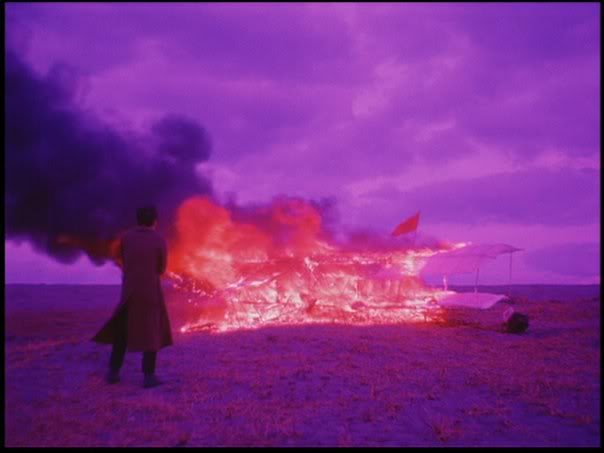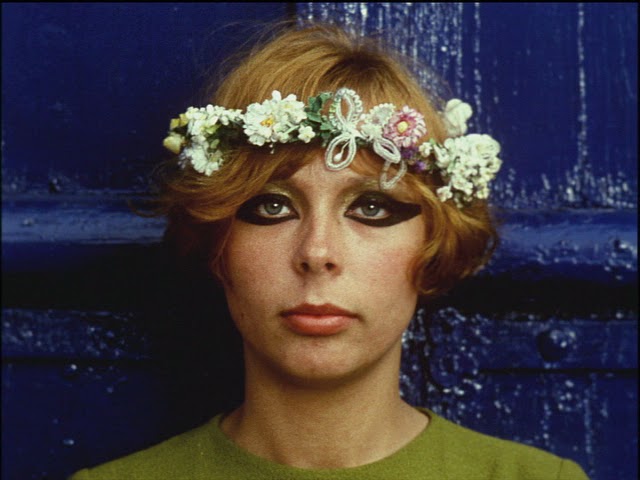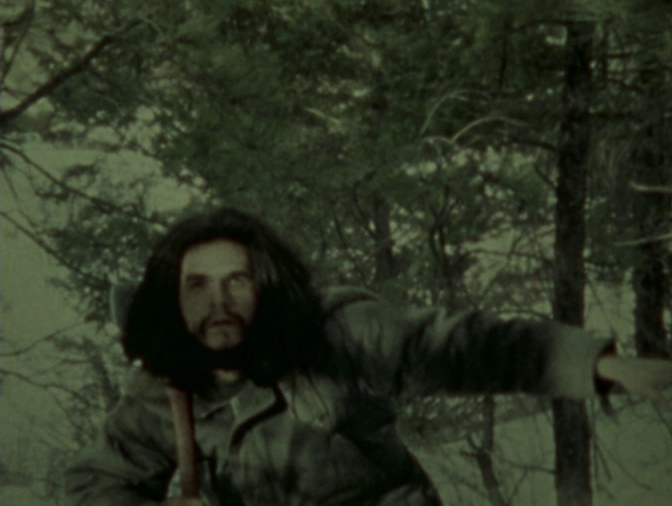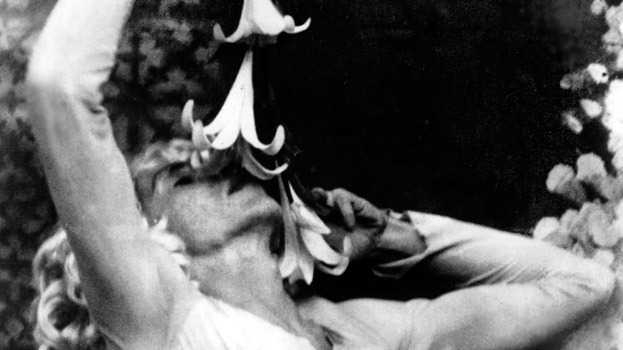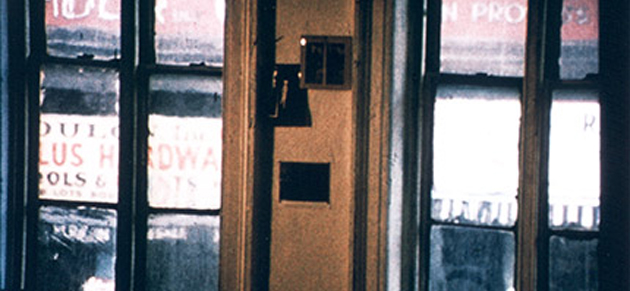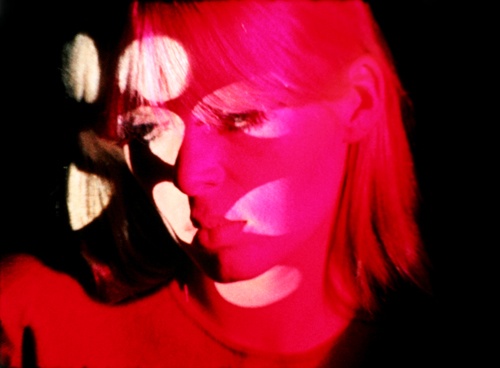14. Throw Away Your Books, Rally in the Streets (Shuji Terayama, 1971)
Throw Away Your Books, Rally in the Streets is one of Japan’s most valuable contributions to cinematography. Shuji Terayama consciously experimented with non linear sequences, color filters and psychedelic scenarios in an aggressive attempt to deliver the audiences a different filmic experience that some had regarded as anarchical.
A gem from the counterculture, Throw Away Your Books, Rally in the Streets is an acid depiction of staggering actuality about alienation and other consequences of social conformism.
Its plotline follows a young man’s desire to achieve something different for him instead of hugging the life his family members are happy with in a wide materialist Japan.
13. Daisies (Vera Chytilová, 1966)
Paradigm of the Czech New Wave Cinema and regarded as a Prague Spring herald, Daisies is Vera Chytilová’s most well known work.
The film is a politically incorrect Dadaist absurd exercise that, unlike many related titles, easily traps the spectator in its game due to its relatively easy accessibility and the playfulness of its anarchism.
Daises follows Marie I and Marie II, two nervy women carrying a series of unorthodox pranks as an attempt to understand a world they don’t belong in.
12. Dog Star Man (Stan Brakhage, 1961-1964)
Dog Star Man is a series of short lyrical films directed by Stan Brakhage who is perhaps America’s most hailed Avant-garde film maker in the early 60s.
Dominated by a varying superposition of sequences, Dog Star Man tastefully plays with the canons of the standard linear narrative. The result is an experience that few films set upon standard narratives have been able to offer.
Highly dynamical, Dog Star Man’s proposal is mainly dominated by an unorthodox but unitary exploitation of colors and textures surrounding its stories.
11. Ballet mécanique (Fernand Léger and Dudley Murphy, 1924)
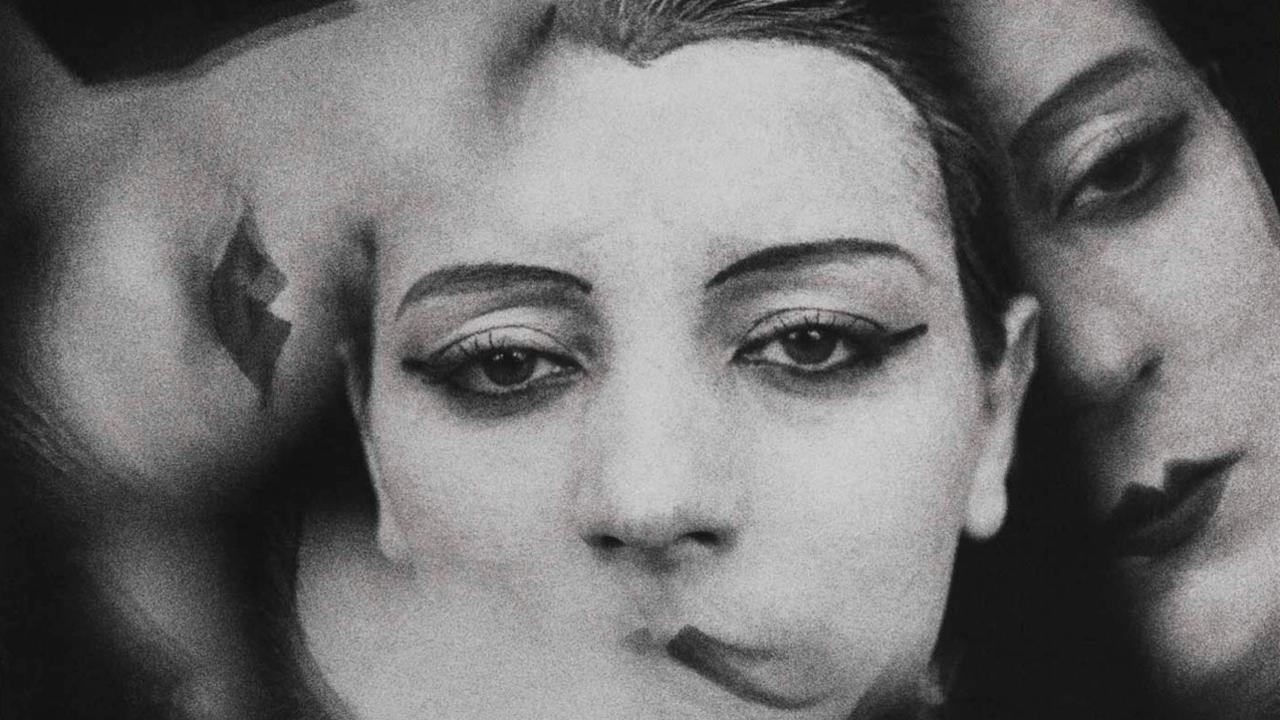
Ballet mécanique, Fernand Léger and Dudley Murphy’s short art film, has been described as the Avant-garde cinematographic quintessence. Thought Cubism, especially in its ulterior developments, can be postulated as the film’s main guideline, it is true that, from the dream-like narrative to the fascination with mechanisms, guidelines from Avant-garde manifestations’ other than Cubism can be traceable in Ballet mécanique.
Projected as a kaleidoscopic collage, Ballet mecánique is a cheerful succession of seven self-sufficient sequences that broke with every conventional canon set upon its time by defying continuity, celebrating the spontaneous game of imagination and mocking the civilized man’s obsession with order.
Today, Ballet mecánique is an obligated reference for the celebrators of the Avant-garde’s invigorating innovation.
10. Flaming Creatures (Jack Smith, 1963)
Originally conceived as an underground project, Flaming Creatures attracted major media attention due to the official determination of its obscenity and the seize it suffered in its premiere.
Flaming Creatures’ sexual depictions intend to be amoral. In that sense, it has been remarked the presence of certain innocence surrounding them despite the accusation the film received upon its time.
A kitsch-like parade of hermaphrodites, travesties, drag shows, orgies and even a vampire, Flaming Creatures focuses on sexual ambiguity.
9. Wavelength (Michael Snow, 1967)
Wavelength’s marked an immediately recognized milestone for experimental films. Though Michael Snow rejected the categorization with insistence, it has been regarded as the paradigm of structuralist cinema.
An entirely formal film, it is hard to describe Wavelength; as it merely consists of a single edited tracking shot through a room, registering day and night.
Though the film is marked by the above mentioned tracking shot, Snow leaked everyday elements in it; an action that raised fascination upon its formality.
Famous American painter and film critic Manny Farber described Wavelength as The Birth of a Nation for underground films.
8. Chelsea Girls (Andy Warhol and Paul Morrissey, 1966)
Originally regarded as a work that only Andy Warhol’s fans could love, it took a while for Chelsea Girls, one of the most ambitious 60’s underground titles, to take the place among major Avant-garde titles it deserves.
Presented in a split screen supported by opposing soundtracks and colors, Chelsea Girls is the fast materialization of an idea Warhol came up with at Max’s Kansas City.
Though currently respected due to its self-conscious experimentation, Chelsea Girls was seen in the first positive reviews it met as a major statement about the inner desperation beneath 60’s Pop luminaries.
Starring Warhol’s superstars, Chelsea Girls follows them in their daily routine at the iconic Chelsea Hotel.
